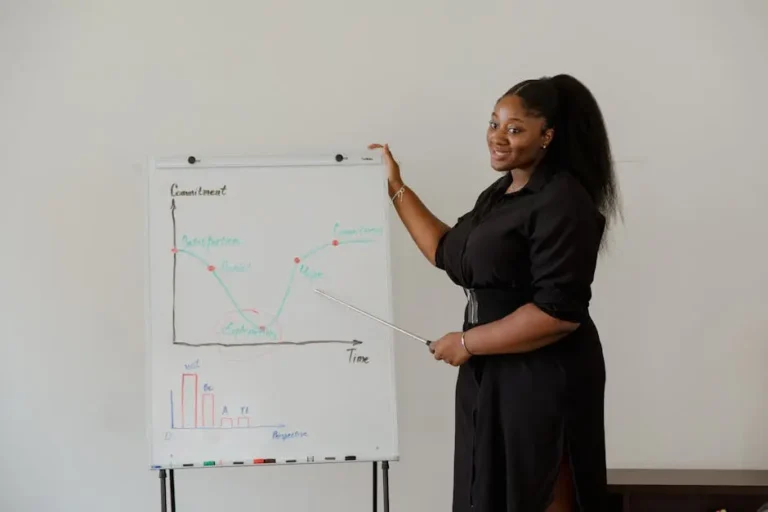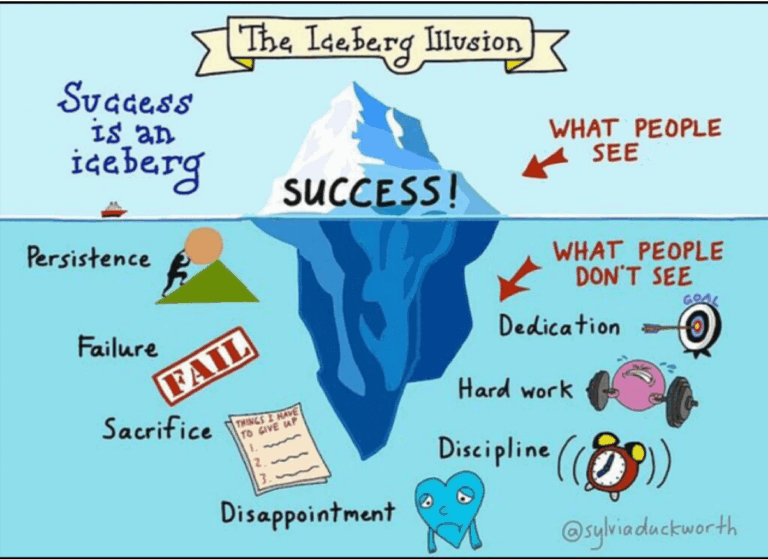3 Mistakes Coaches Make with Email—and How to Fix Them Fast
Email marketing can be a game-changer for coaches, but when it’s not executed correctly, it can also hinder their growth. In this post, we’ll dive into some common mistakes coaches make with their email strategies and how you can quickly address them to optimize your list-building efforts.

Mistake #1: Sending Inconsistent Emails
A sure way to lose your audience’s attention is to fail to maintain regular communication. Consistency truly is the backbone of any successful email marketing strategy. Without it, your audience may lose interest, forgetting why they initially subscribed. Consider establishing a routine; whether it’s weekly, bi-weekly, or monthly, keep a rhythm that your subscribers can expect and rely on. This not only keeps you on their radar but also demonstrates a level of professionalism and commitment. As a coach, showing up consistently in inboxes strengthens the trust you’re building with your audience.
The absence of a structured email schedule can make messaging feel random and disconnected. This inconsistency may lead to a perception of unreliability. To email rhythm you and your audience. Create content calendars and utilize automation tools to schedule your emails in advance. This way, you can nurture your audience regularly without the pressure of conjuring up frequent ad-hoc content. With systems like these, you let technology do the heavy lifting, allowing you to focus your energy on what matters most: fostering connections with your clients.
Imagine ghosting your list for weeks and then, out of nowhere, sending a heavily sales-driven email. It’s like a friend who only contacts you when they need something. By maintaining consistency, you also ensure that the content flows organically. This doesn’t just apply when you have something to promote; your regular emails should offer value, insights, or even entertainment. Building a simple but effective email sequence that nurtures, shares value, and then presents an offer can ease the daunting task of staying consistent while ensuring your communication remains purposeful.
Mistake #2: Overloading Emails with Information
It’s tempting to pack every piece of information into one message, but this can overwhelm your audience. You don’t want your emails to feel crowded—too many words can bury your main message and dilute its impact. Instead, think of each email as a purposeful conversation. What is the one thing you want your readers to walk away with? Zero in on that, and let your email be a path that smoothly guides them to that point. As the saying goes, ‘Less is more.’ By keeping your emails concise and focused, you not only capture attention but can improve engagement rates more effectively.
Focusing your emails doesn’t mean you’re withholding value. Instead, you’re delivering nuggets of insight, engagement, and calls to action. Breaking down information into digestible parts can lead to more understanding and participation among your readers. For instance, rather than a one-time info dump, set a theme for your emails and distribute your content throughout several messages. Not only does this approach build anticipation, but it also gives your subscribers something to look forward to. They become participants in an ongoing story, rather than passive recipients of mass information.
By streamlining your content, you also invite your audience to take the next step—whether call to action with their thoughts and questions. Emails should feel like an open dialogue rather than just information blasts. Before hitting send, always ask yourself, ‘Is there enough room for the reader to engage here?’ By prioritizing clarity in your emails, you invite more meaningful interactions from your readers, ultimately building stronger connections.
Mistake #3: Neglecting Personalization
In an age where personalization is expected, generic emails won’t cut it. Recipients today want to feel seen and understood. Generic mass emails often end up unopened, if not unsubscribed. Begin by using your audience’s names; it’s a small but effective step that adds a personal touch. Beyond that, segment your list based on where your audience is on their journey with you. Are they new subscribers? Long-time clients? Tailoring content based on these segments means you’re providing relevant value that is directly aligned with the unique interests and needs of each group.
Simple personalization techniques can make a significant difference. Sharing relatable stories or testimonials that resonate with specific segments of your audience can also strengthen their connection with your content. When people recognize aspects of their own experiences in your messages, they are more likely to engage and follow the paths you set for them. This interaction is crucial for fostering a sense of community within your email list, where people feel valued and understood, ultimately enhancing the effectiveness of your marketing campaigns.
In addition to personalized messaging, consider asking your readers for feedback or input. Questions like, ‘What topics would you like to hear more about?’ or, ‘What’s your biggest challenge right now?’ can transform your email efforts into interactive conversations. Additionally, this engagement offers invaluable insights into your audience’s needs, enabling you to refine your email strategies further and continue providing relevant and engaging content.
Transform Your Email Strategy for Lasting Success
By recognizing and addressing these common mistakes, you can transform your email marketing strategy into a powerful tool for driving growth and fostering connections with your audience. With these fixes, your coaching business will not only gain more prospects but also build strong, lasting relationships with them. Explore Coaching with Lisa Benson
Book a Clarity Call
Start with the 9-Line Business Roadmap






